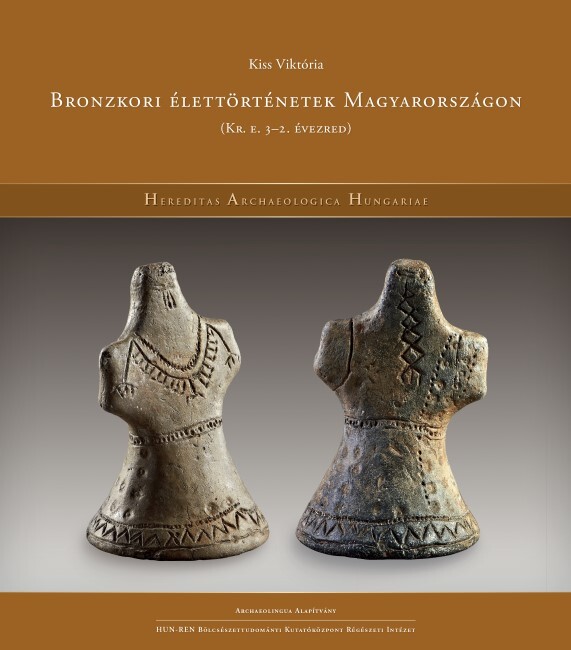Viktória Kiss summarises the results of a nearly 10-year-long research in her newly published book ‘Bronze Age Life Stories from Hungary (3rd–2nd millennia BC)’, disseminating knowledge in an easily accessible style while also meeting high scientific standards.
One of the aims of the Lendület/Momentum research project, which she has been leading since 2015, was to explore the history of Bronze Age societies, including the life stories of individuals living 4,000 years ago, using multidisciplinary approaches. The book is now available in both English and Hungarian and will be officially launched at the MTA 200 event in October 2025.
In the richly illustrated volume Viktória Kiss archaeologist, Lendület/Momentum research team leader looks at history through a magnifying glass to bring the first half of the two thousand year-long Bronze Age in the Carpathian Basin closer to the reader. Who were the people dwelling in the territory of modern-day Hungary before the time of the Trojan War and how they lived when the pharaohs of the Great Pyramids ruled in Egypt and kings resided in the palaces of Minoan Crete? The exciting volume attempts to give answers to these questions.

Expanding and enhancing knowledge of one-time people and events by utilising state-of-the-art methods of contemporary sciences represents an exceptional opportunity for archaeology today, since no written sources are known from prehistoric communities. One of the new branches, emerging from the close collaboration of diverse disciplines, is bioarchaeology, a science similar to forensics (more precisely, crime scene investigation) in many respects, and sharing its main data source: human remains. When completed with behavioural scientific, environmental, and social aspects, this study allows for the biosocial evaluation of archaeological remains, thanks to which one-time people, and not only their bare skeletons, can be the subject of research.
This book is a selection of case studies published so far by the MTA–BTK Lendület ‘Momentum’ Mobility Research Group (2015–2022) and the MTA–BTK Lendület ’Momentum’ Bases Research Group (2023–2028), providing insights into the lives of the Bronze Age elites, warriors, craftsmen, and families: women, men and their children, who settled between 2500 and 1500 BC in what is Hungary today.
The fifth volume of the Hereditas Archaeologica Hungariae book series is a joint publication of the Institute of Archaeology and the Archaeolingua Foundation, realised with support from the Book and Journal Publishing Committee of the Hungarian Academy of Sciences.
The volume can be ordered from Archaeolingua Publishing House at the following email address:
Viktória Kiss works as a senior research fellow at the Institute of Archaeology of the HUN-REN Research Centre for the Humanities in Budapest. Her fields of interest include the Bronze Age of Central Europe, especially the archaeometric analysis of pottery and metal artefacts, and the bioarchaeological evaluation of human remains. She led several rescue excavations and has published the results of her work in diverse journals and collective volumes. She wrote a monograph on the archaeological record of the Middle Bronze Age in Transdanubia and, recently, edited several collective volumes published in Hungary and abroad. Currently, she is the head of the MTA–BTK Lendület ‘Momentum’ Bases Research Group. Her recent work focuses on the exchange connections linking the Carpathian Basin with other parts of Europe and the improvement of our understanding of Bronze Age society.

